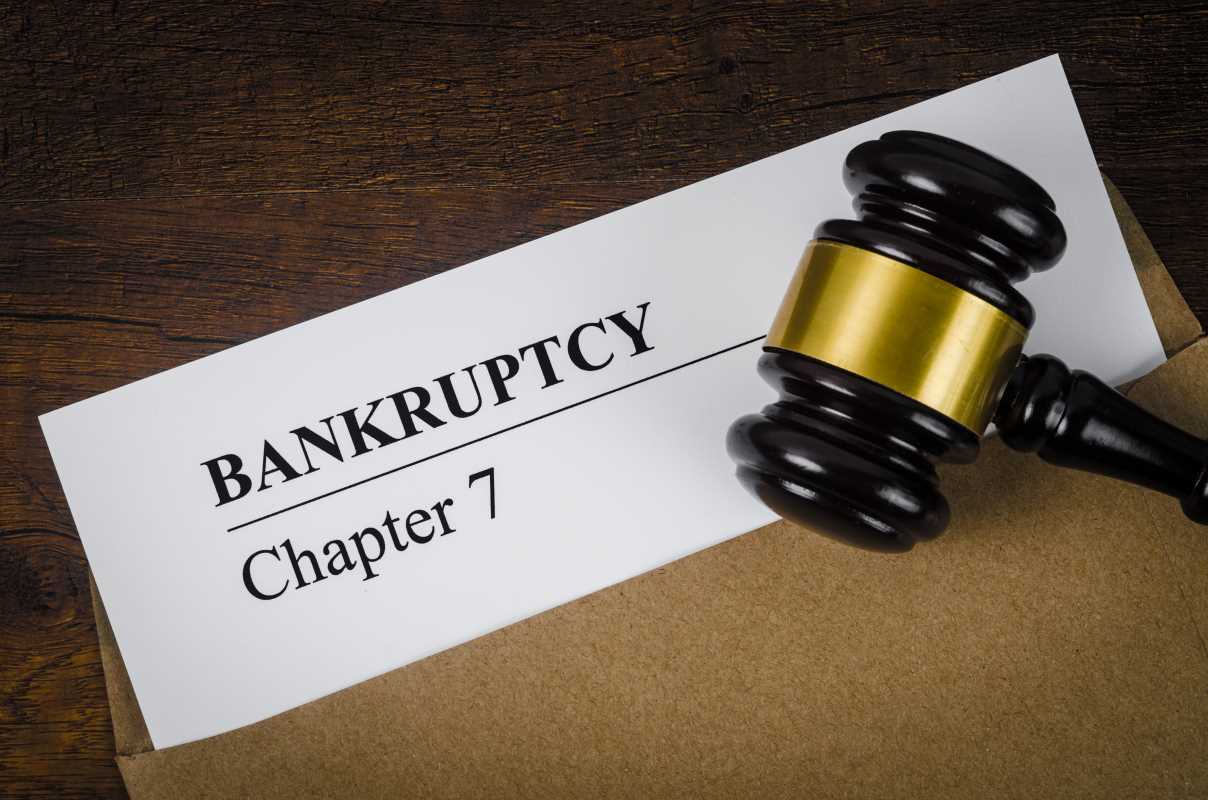Many of us have been there before. Bills stack up, income shrinks, and the stress of making monthly payments adds extra weight to your challenges, especially for student loan debt. Filing a financial hardship appeal for student loan forgiveness gives you the chance to find relief and regain control of your finances. This process may sound complicated, but breaking it down step-by-step makes it easier to understand. Whether you’re looking to lower payments or eliminate your balance entirely, we'll show you how to appeal for student loan forgiveness due to financial hardship, walk you through your options, and empower you to make informed decisions.
Understand What a Financial Hardship Appeal Means
Financial hardship occurs when your income isn’t enough to cover basic living expenses like rent, utilities, food, and debt payments. This situation can make it impossible to keep up with student loan obligations. A financial hardship appeal signals to your loan servicer that you need adjustments to your repayment terms or forgiveness for some or all of your debt.
Loan servicers review your financial situation to determine what’s reasonable based on your income, everyday costs, and loan balance. Appealing isn’t an instant fix, but it’s a practical step toward a more manageable financial future.
Check Eligibility for Student Loan Forgiveness Programs
Loan forgiveness programs exist for borrowers facing tough financial times, but not all loans qualify. Start by reviewing the type of student loans you have. Federal loan programs like Direct Loans, PLUS Loans, or Federal Family Education Loans (FFEL) offer several forgiveness options, while private student loans may have fewer opportunities.
Some common forgiveness programs include:
- Income-Driven Repayment (IDR) Forgiveness: These plans cap your monthly payments based on income and family size. Any remaining balance after 20-25 years of payments is forgiven.
- Public Service Loan Forgiveness (PSLF): Borrowers working in eligible public service fields may qualify for forgiveness after 120 on-time payments under an approved repayment plan.
- Total and Permanent Disability Discharge (TPD): Borrowers unable to work due to a significant disability might qualify for complete loan forgiveness.
Review the terms of each program to determine which fits your situation best. Loan servicers also list available options on their websites.
Gather Your Financial Documents
Preparing the right documents is key when filing a financial hardship appeal. Lenders will need proof to verify your claims, so gathering accurate records upfront saves time and avoids delays. Common documents include:
- Pay stubs or proof of unemployment
- Tax returns or W-2 forms
- A breakdown of monthly expenses like rent, utilities, child care, and groceries
- A list of debts, including credit cards, car loans, and medical bills
Writing a clear explanation of your hardship alongside these documents strengthens your application. If a medical issue led to job loss, you'll want to mention how it affects your ability to meet loan payments.
Contact Your Loan Servicer
Reaching out to your loan servicer directly helps kick-start the hardship appeal process. Loan servicers manage your student loans and process requests for forgiveness or adjusted repayments. Call their customer service line and explain that you’re experiencing financial hardship.
Be prepared to answer questions about your situation and discuss available relief options. Some servicers provide online forms or applications to make the process smoother, so ask about digital alternatives if you prefer to file from home.
Explore Income-Driven Repayment Plans
Federal loans offer IDR plans designed to help borrowers facing financial hardship. These plans adjust monthly payments to reflect what you can realistically afford. Four primary IDR plans are available:
- Revised Pay As You Earn (REPAYE): Caps payments at 10% of discretionary income
- Pay As You Earn (PAYE): Similar to REPAYE but with additional eligibility rules
- Income-Based Repayment (IBR): Sets payments at 10-15% of discretionary income, depending on loan age
- Income-Contingent Repayment (ICR): Suitable for borrowers who don’t qualify for other plans
IDR applications typically take only a few weeks to process. Repayment amounts will adjust annually based on reported income and family size, so staying proactive gives you continued affordability.
Apply for Deferment or Forbearance
Deferment and forbearance provide temporary relief by pausing your loan payments. These options are ideal for short-term financial hardships but don’t reduce the overall balance of your loan.
- Deferment: Allows you to postpone payments temporarily. For subsidized loans, interest doesn’t accumulate during this period, but with unsubsidized loans, it does.
- Forbearance: Offers a temporary payment suspension or reduction. Unlike deferment, interest accrues during forbearance, even for subsidized loans.
Requesting deferment or forbearance may involve submitting forms, explaining your situation, and sharing supporting financial documents. Balancing these periods with more long-term solutions, like IDR plans, helps you make sustainable repayments.
Request a Loan Rehabilitation Plan
Defaulting on your student loans means missed payments have damaged your credit and possibly halted your eligibility for further aid. Loan rehabilitation aims to bring defaulted loans back to good standing through affordable monthly payments.
Typically, servicers calculate these payments as 15% of disposable income, but borrowers experiencing hardship can request reduced amounts. Completing the rehabilitation process removes the default status from your credit history, improving eligibility for forgiveness programs like PSLF or IDR plans.
Submit an Application for Financial Hardship Forgiveness
Some types of loan forgiveness rely directly on proof of financial hardship. The TPD forgiveness program requires medical documentation to prove long-term or permanent inability to work. Submitting a completed application alongside supporting documents means your case will be taken more seriously.
Follow the directions provided by your loan servicer on where and how to submit the application. Keeping copies of all submitted materials prevents potential hiccups if the servicer requests additional or duplicate paperwork later.
Appeal for Administrative Review
Errors sometimes occur during the loan forgiveness or repayment adjustment process. Administrative reviews allow borrowers to challenge decisions they believe are unfair or inaccurate. Whether your IDR application was denied or payments climbed unexpectedly despite meeting eligibility, requesting a review makes sure all evidence is reconsidered.
Write a detailed explanation of the issue, including supporting documents like denial letters, proof of income, or prior correspondence with the servicer. Administrative appeals require patience, but they help protect borrowers from unjust denials or mistakes.
Seek Guidance from a Credit or Debt Counselor
Credit or debt counselors specialize in helping individuals manage financial struggles. Many nonprofit agencies offer free or affordable counseling services tailored to debt resolution, including student loan management.
Working with a counselor provides clarity on which forgiveness programs benefit you most, while identifying legal protections for borrowers in financial distress. Counselors also advocate on your behalf during negotiations with servicers, lightening the burden of paperwork and follow-ups.
Keep Records of All Correspondence
Organizing every communication with your loan servicer ensures your case moves forward smoothly. Save emails, screenshots of online submissions, and notes from phone calls to document your progress. Detailed records serve as evidence during administrative appeals or legal disputes if conflicts arise.







